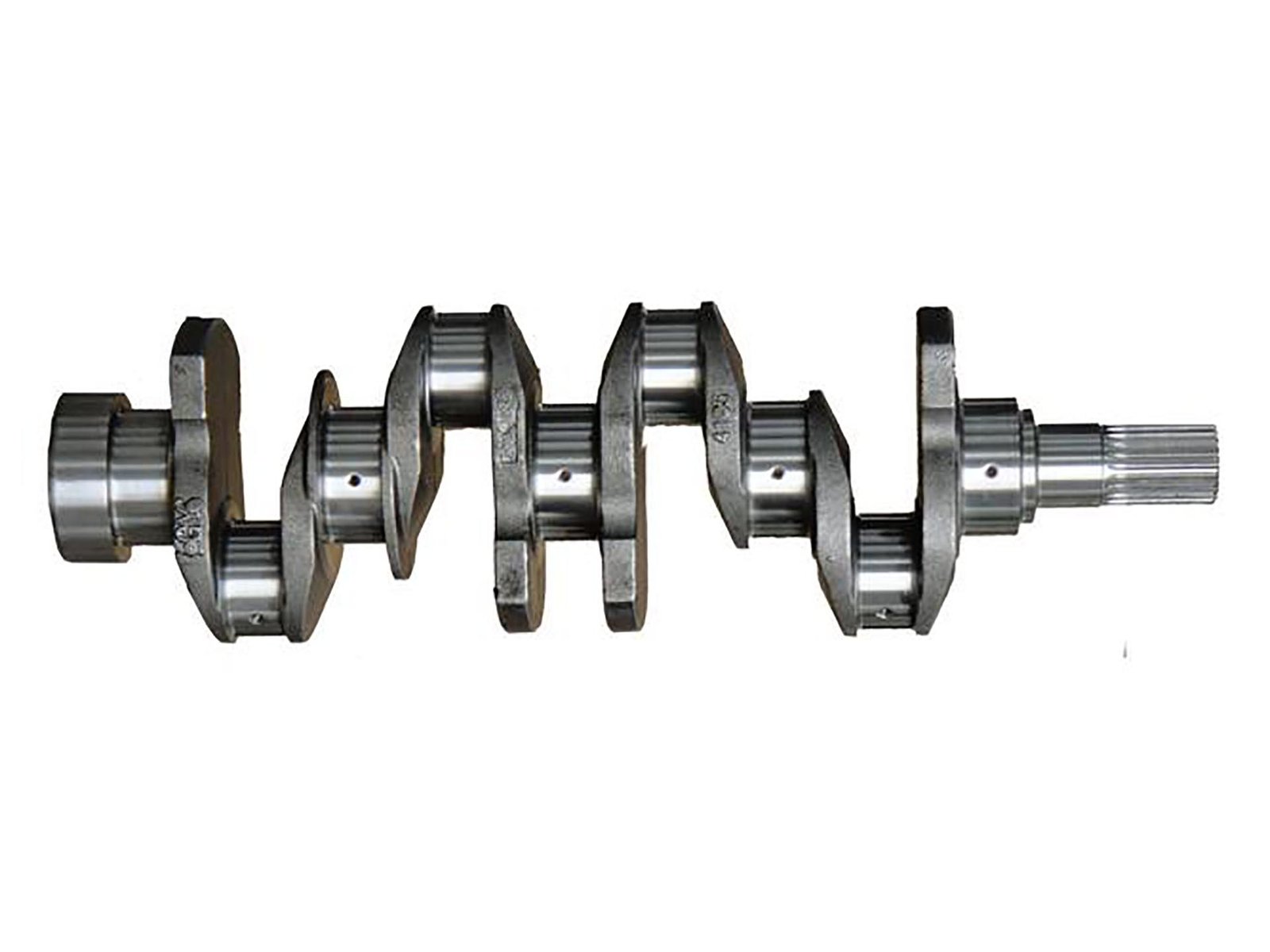I. Differences between Forging and Casting:
Differences in Word Meanings:
Forging: Using methods such as hammering to turn metal materials in a plastic state into workpieces with certain shapes and sizes, and altering their physical properties.
Casting: A processing method in which molten metal is poured into a mold, and after cooling, solidifying, and cleaning, the required shaped castings are obtained. It can be used to manufacture various objects with complex shapes.
II. Differences in Manufacturing Processes:
Forging: It is a processing method that utilizes forging machinery to apply pressure to metal blanks, causing them to undergo plastic deformation to obtain forgings with certain mechanical properties, shapes, and sizes. It is one of the two major components of forging and stamping.
Casting: It is a method of pouring liquid metal into a casting cavity that conforms to the shape of the part. After it cools and solidifies, the part or blank is obtained.
III. Applications of Forging and Casting:
Forging is generally used for the processing of forgings with certain shapes and sizes.
Casting is a relatively economical blank forming method and is generally used for parts with complex shapes.
IIII. Advantages and Disadvantages of Forging and Casting:
Advantages of Forging:
Forging can eliminate defects such as as-cast porosity produced during the smelting process of metals, optimize the microscopic tissue structure. Meanwhile, due to the preservation of complete metal flow lines, the mechanical properties of forgings are generally superior to those of castings made of the same material. For important parts with high loads and severe working conditions in related machinery, except for those with relatively simple shapes that can be made from rolled plates, profiles, or welded parts, forgings are mostly used.
Advantages of Casting:
- It can produce parts with complex shapes, especially blanks with complex internal cavities.
- It has a wide adaptability. Commonly used industrial metal materials can all be cast, ranging from a few grams to hundreds of tons.
- The sources of raw materials are extensive and the prices are low, such as scrap steel, scrap parts, and cuttings.
- The shape and size of the casting are very close to those of the part, reducing the amount of cutting. It belongs to non-cutting processing.
- It is widely used. In agricultural machinery, 40% – 70% of the weight, and in machine tools, 70% – 80% of the weight are castings.
Disadvantages of Forging:
In forging production, accidents such as external injuries are prone to occur.
Disadvantages of Casting:
- The quality of castings is unstable. There are many processes and complex influencing factors, and many defects are prone to occur.
- The mechanical properties are not as good as those of forgings, such as coarse microstructure and numerous defects.
- In sand casting, for single-piece and small-batch production, the labor intensity of workers is high.











